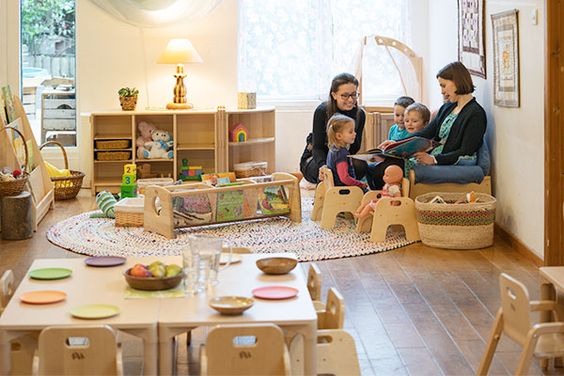Introduction
In the pursuit of lifelong learning, the quality of the environment plays a significant role in enabling students to achieve their full potential. A high-quality learning environment goes beyond just the physical space and includes aspects like emotional support, academic resources, and effective teaching practices. In this article, we will delve into several components that make up high-quality environments for learning and their respective impact on students’ performance.
1. Safety and Security
The first aspect of a high-quality learning environment is the provision of safety and security for all stakeholders. Students must feel physically safe in order to focus on their studies fully. This not only means implementing measures like controlled entryways but also instituting strategies that prevent bullying and harassment. Beyond this, psychological safety is also vital in ensuring students feel comfortable expressing themselves in an inclusive setting without fear of ridicule or setbacks.
2. Adequate Infrastructure and Facilities
Functional infrastructure is necessary to facilitate successful learning. Classroom layout, lighting, acoustics, furniture, and access to digital resources all contribute significantly to fostering a conducive environment for education. Rooms should be spacious enough to accommodate a variety of instructional methods while offering suitable facilities for collaboration, discussion, individual workspaces, and access to essential information.
3. Effective Teaching Practices
Teachers play a pivotal role in shaping high-quality educational experiences. By employing effective teaching strategies such as differentiated instruction, project-based learning, or integrating technology into lesson plans, educators can tailor lessons according to students’ distinct needs and interests. Building positive relationships with each student further strengthens engagement in the classroom.
4. Encouragement of Collaboration
Opportunities for students to work together encourage cooperation and teamwork while promoting individual growth. By creating time for group projects or discussions during lessons, teachers can foster critical thinking skills while encouraging active participation from all members.
5. Curriculum Adaptability
A flexible curriculum that accommodates diverse learners is essential in creating a high-quality learning environment. By allowing teachers to modify content and pacing based on individual needs, the education system can ensure that all students are challenged and engaged.
6. Supportive Leadership
For a high-quality learning environment to thrive, supportive leadership is crucial. School leaders need to create comprehensive strategic plans, engage with staff and families, create a positive school culture, and allocate resources effectively. By investing in professional development for teachers, school leaders can directly contribute to increasing the quality of instruction.
7. Engaging Parents and the Community
Parents and community members play an essential role in nurturing high-quality learning environments. By encouraging parental involvement in school activities and decisions, schools can strengthen communication lines, build trust, and ultimately foster better educational outcomes.
Conclusion
In conclusion, high-quality environments for learning involve a combination of factors ranging from physical spaces to effective teaching practices and engaging curricula that cater to the diverse needs of learners. As we strive to create educational settings that empower all students to succeed, it is crucial that we prioritize these elements to gain long-lasting benefits for both individuals and society at large.





